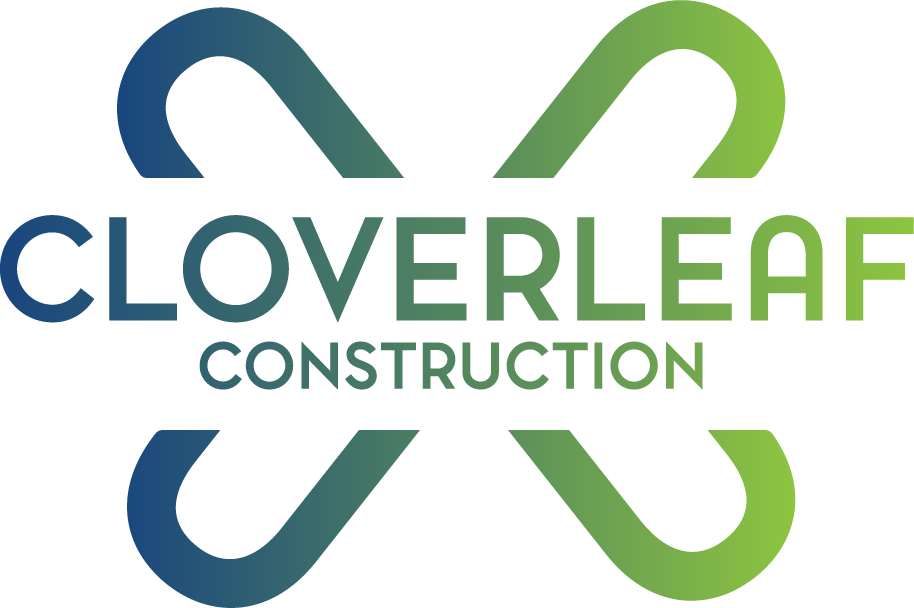Project Delivery Methods
"Each method provides advantages and considerations while
every client has different needs and expectations."
Design Build - The design build concept is often utilized to minimize project risk for the owner and to reduce the schedule by overlapping the design and construction phases. We work with a familiar group of design professionals including architects, engineers & site planners on a consistent basis. This regularity allows us to know the traits and characteristics of a diverse group of design professionals and expand our base of credible resources. Our in-house design capabilities can be used on smaller projects depending on use and size to create significant costs savings and truly reduce the construction timeline.
Design Bid Build - CloverLeaf often participates in the competitive bid process. This bid process is often used in the industry to provide for a low cost construction estimate. A group of contractors are selected to formulate an estimate based on the proper construction documents. If managed properly it often provides a tremendous value at a very low cost. However, it also makes it more difficult to communicate value or quality advantages that may justify a higher price.
CM at-Risk - Construction management at-risk is a process that allows the client of a project to choose the Construction Manager before the design stage is complete. The CM is chosen based on qualifications, and then the entire operation is centralized under a single contract. The architect and CM work together in order to cultivate and assay the design. Then, the CM gives the client a guaranteed maximum price, and coordinates all subcontract work. The A/E is hired separately from the CM at-risk and the traditional client.
Cost Plus - CloverLeaf also uses the cost plus approach to construction agreements. In this agreement the owner pays all cost associated with the construction process including pre-determined general conditions, overhead and fees. This approach is commonly used when the long term quality of a project is of high concern. The overall cost of a project using the cost-plus agreement is often less than that of a fixed-price contract. This is due to the lack of need to inflate prices to cover risk.
